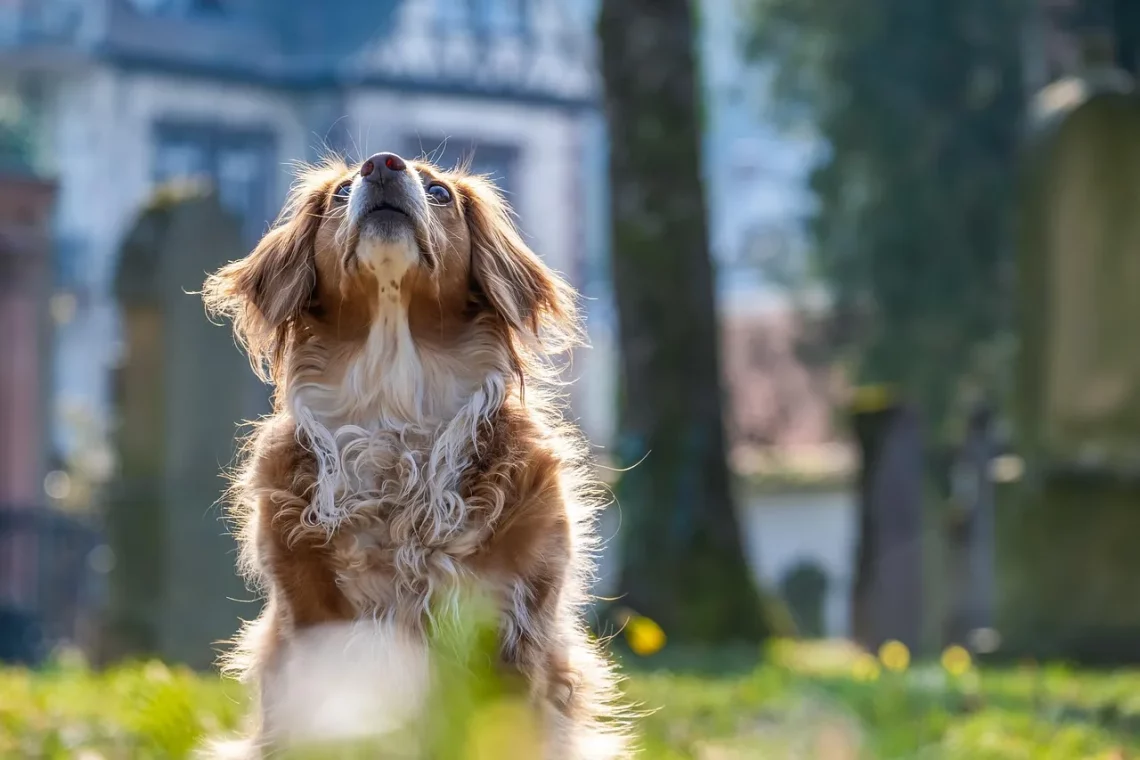
Understanding Dog Resource Guarding Behavior Towards Owners
Understanding dog behavior can often feel like a complex puzzle, influencing our relationships with our furry companions. One particular behavior that many dog owners encounter is resource guarding, a natural instinct that can manifest in various forms. This behavior may be surprising or concerning for pet parents, as it often involves a dog becoming protective over food, toys, or even their human companions. While resource guarding can stem from a place of instinctual survival, it is essential to understand its nuances to foster a harmonious living environment.
Resource guarding is deeply rooted in canine ancestry, reflecting behaviors seen in wild ancestors who needed to protect their resources for survival. Yet, in a domestic setting, it can lead to misunderstandings and potential conflicts between dogs and their owners or other pets. Recognizing the signs of resource guarding is crucial for any dog owner, as it can help prevent escalation into aggressive behaviors. Proper training and management strategies can effectively address this behavior, promoting a safer and more enjoyable relationship between dogs and their families. By gaining insights into the motivations behind this instinctual behavior, owners can better navigate the complexities of their dogs’ emotions and foster a trusting bond.
What is Resource Guarding in Dogs?
Resource guarding is a behavior exhibited by dogs when they feel the need to protect something they consider valuable. This can include food, toys, space, or even their owners. Understanding this behavior starts with recognizing that it is a natural instinct inherited from their wild ancestors. In the wild, dogs had to compete for limited resources to survive, making it essential to protect what they had.
In a domestic environment, resource guarding can manifest in various ways. A dog may growl, snarl, or snap at anyone who approaches its food bowl or tries to take away a favorite toy. This behavior can be alarming for owners, as it poses a risk of injury to both the dog and any other pets or people nearby. It is important to differentiate between mild resource guarding, which may involve subtle signs like stiffening or a fixed gaze, and more severe forms that can escalate to aggressive displays.
Understanding the triggers behind resource guarding can provide insight into how to address and manage this behavior. Stress, anxiety, and past experiences can all contribute to a dog’s need to guard resources. For instance, a dog that has experienced food scarcity in the past may be more prone to guarding their food bowl. Recognizing these triggers can help owners approach the issue with empathy and effective strategies.
Preventative measures can also play a vital role in managing resource guarding. Early socialization, training, and positive reinforcement can help dogs develop a sense of security and reduce the likelihood of guarding behavior. Owners should aim to create a safe space where dogs feel comfortable and confident.
Signs of Resource Guarding Behavior
Identifying the signs of resource guarding is crucial for any dog owner who wants to mitigate the risks associated with this behavior. While some dogs may display overt signs of guarding, others might show more subtle cues that can easily be overlooked.
Common signs include growling, snapping, or even biting when someone approaches their food or toys. However, there are also less aggressive behaviors that could indicate guarding, such as stiffening of the body, a fixed stare, or a dog positioning itself protectively over an item. In some cases, dogs might try to move away or hide their resources, which can be an indication of insecurity.
It is essential to observe your dog in various situations to better understand their behavior. Take note of how they react when others are near their food bowl or toys. If your dog shows any signs of discomfort or defensiveness, it is a clear indication that they may be guarding those resources.
Another critical aspect to consider is the context in which guarding occurs. Some dogs may only guard specific items, while others may be more generalized in their behavior. For instance, a dog may be perfectly fine sharing their toys but becomes aggressive when food is involved. Understanding these nuances can help owners tailor their approach to address guarding behavior effectively.
Additionally, it’s important to recognize that resource guarding can occur not just with physical items but also with people. Some dogs may become protective of their owners, especially if they feel threatened by other pets or strangers. This behavior can complicate interactions, especially in multi-pet households.
Training Strategies to Manage Resource Guarding
Managing resource guarding behavior in dogs requires a combination of training, patience, and understanding. The goal is to modify the dog’s perception of their resources and build a trusting relationship. Here are some effective strategies for addressing resource guarding:
1. **Desensitization and Counter-Conditioning**: This approach involves gradually exposing the dog to situations that trigger guarding behavior while simultaneously providing positive reinforcement. For instance, if your dog guards their food bowl, start by standing a distance away while they eat and rewarding them with treats when they remain calm. Gradually decrease the distance over time, reinforcing positive behavior.
2. **Teach “Leave It” and “Drop It” Commands**: Training your dog to respond to commands like “leave it” or “drop it” can be instrumental in managing resource guarding. These commands can help redirect your dog’s focus away from their guarded item and reinforce the idea that relinquishing resources leads to positive outcomes.
3. **Resource Management**: To prevent guarding behavior from escalating, it’s wise to manage your dog’s resources proactively. For example, feed your dog in a quiet, controlled environment where they feel secure. Remove toys that elicit guarding behavior and introduce new ones gradually, allowing the dog to adjust without feeling threatened.
4. **Professional Guidance**: Sometimes, resource guarding can be severe and require professional assistance. Consulting a certified dog trainer or behaviorist can provide tailored strategies to address the issue. They can assess the specific dynamics at play and help you implement an effective training plan.
5. **Creating Positive Associations**: Building positive associations with the presence of people or other pets around their resources is critical. Offer treats or praise when someone approaches your dog during mealtime or while they are playing with a toy. This can help them associate the presence of others with positive experiences rather than threats.
By consistently applying these strategies, owners can help their dogs feel more secure and less inclined to guard their resources aggressively. Training takes time and consistency, but with patience, significant improvements can be made.
When to Seek Professional Help
While many dogs can successfully overcome resource guarding behaviors with proper training and management, there are instances where professional help is necessary. Recognizing when to seek assistance is vital for the safety of both the dog and its human companions.
If a dog displays severe aggressive behavior, such as lunging or biting, it is crucial to consult a professional dog trainer or a veterinary behaviorist. These experts have the knowledge and experience to assess the situation accurately and develop a comprehensive behavior modification plan.
Additionally, if resource guarding is accompanied by other behavioral issues, such as anxiety or fearfulness, professional guidance can help address the underlying causes. A certified behaviorist can work with the owner and the dog to create a holistic approach that considers all aspects of the dog’s behavior and environment.
Moreover, in multi-pet households, the dynamics can become more complicated. If one dog is guarding resources from another, it may lead to increased tension and conflict. A professional can offer strategies to ensure a peaceful coexistence among pets.
Lastly, if an owner feels overwhelmed or unsure about how to proceed, seeking professional help is always a wise choice. Dog training can be complex, and having an expert guide can provide reassurance and clarity.
In conclusion, understanding dog resource guarding behavior is essential for any pet owner. By recognizing the signs, implementing effective training strategies, and knowing when to seek professional help, you can foster a safe and loving environment for your furry friend.
**Disclaimer**: This article is for informational purposes only and does not constitute medical advice. Always consult with a qualified veterinarian or animal behaviorist for concerns regarding your pet’s health or behavior.




